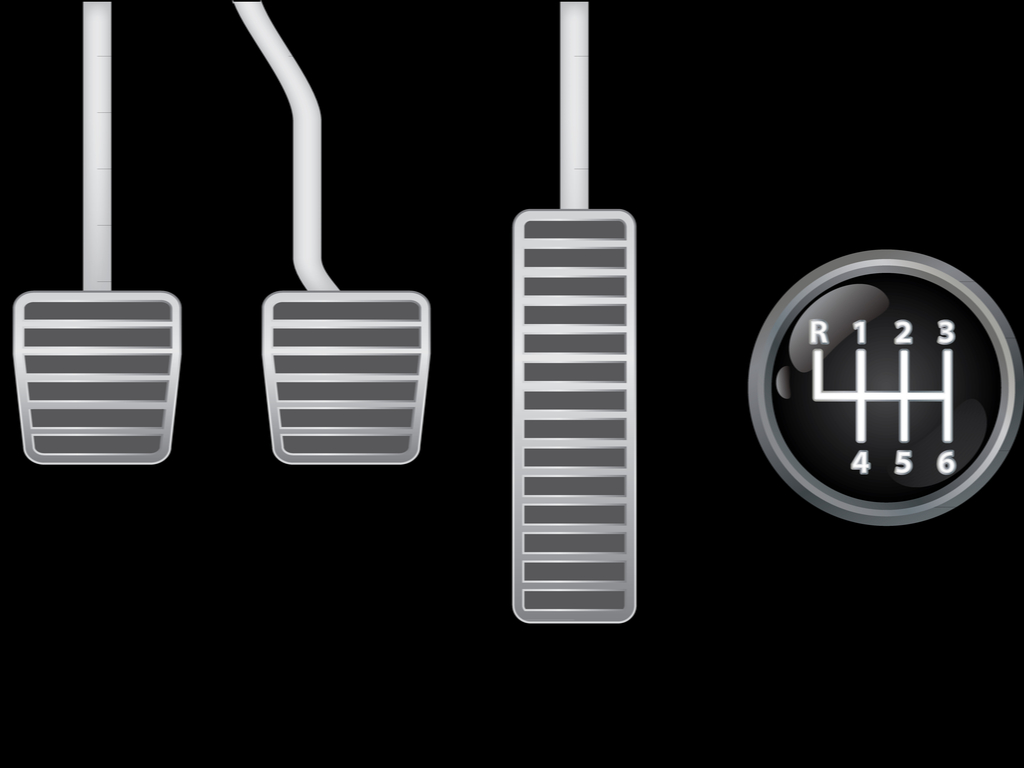Anyone who’s tried to learn a stick shift after a decade or two of driving an automatic car will tell you that it can be hard to learn something new. Our brains can have the same problem figuring out new controls and adapting to multifocal intraocular lenses (MF-IOLs), with many recipient noggins not properly making the changes to cortical regions such as attention, learning and cognitive control that are required for neuroadaptation to new lenses.
Failure in neuroadaptation can lead to problems with glare, halos, starbursts, hazy vision, blurred vision, distortion, double or multiple images, fluctuations in vision, focus difficulty, and depth perception. Multifocal images are unusual to find in the human visual system and the brain has trouble accepting more detailed and alien images of different focal distances, thus it “corrects” the new image so it matches its usual status quo.
Everyone Deserves a Second Chance
There has been prior research that suggests replacing the MF-IOL with a monofocal lens when a patient is dissatisfied with their postoperative outcomes. But these days, explantation has become more common and patients are more interested in premium IOLs that allow them to be independent of spectacles at any distance. On top of that, patients already having difficulties with one MF-IOL implantation are more insistent on trying out a BMW (or premium IOL) — even if there are risks.
In the paper, Patients’ dissatisfaction with multifocal intraocular lenses managed by exchange with other multifocal lenses of different optical profiles, Olena Al-Shymali and colleagues, studied dissatisfaction in 15 double-implanted patients who received an IOL (MF2) implantation with a different optical profile after experiencing problems adapting to their initial MF-IOL (MF1) implantation.*
Small, but Significant Sample
Subjects ranged in age from 47-60 and had reported problems for at least 6 months. Dissatisfied patients with diffractive lenses were replaced by refractive IOLs and vice versa, and extended depth of focus (EDOF) lenses were replaced by either. The theory is that different optical designs have different neuroadaptive mechanisms that could work better in particular patients.
Three months after the new implantation, patients were given questionnaires and measurements. Near and far visual acuity was measured as well as refractive outcomes; quality of vision (QoV) was evaluated by a Rasch questionnaire regarding visual symptoms; a subjective Visual Function Index-14 (VRF-14) evaluation was used to assess daily activities, and a patient satisfaction evaluation was given to determine overall satisfaction and whether or not they would repeat the procedure.
In With the New
Results were very positive with 4 out of 5 patients reporting satisfaction. Uncorrected visual acuity, distance visual acuity, binocular distance vision, all 3 QoV subscales and VF-14 all improved significantly — and the improvements remained significant 6 months later. None of the patients lost any visual lines and a quarter of them gained 2 or more.
In the future, the researchers point out that their study’s small sample size makes it more of a pilot study and research with larger groups is necessary. In addition, they were unable to figure out the exact causes of dissatisfaction in the first place, so more data is necessary. Adequate tools and questionnaires must also be used in future research.
They closed out their discussion by stating: “As observed in this study, the same MF-IOL model can be accepted by one patient’s brain but be rejected by the brain of another patient and develop neuroadaptation failure. That is why at this point it is difficult to know definitively that exchanging one MF-IOL with another MF-IOL would give the same outcome and eventually solve the problem of neuroadaptation failure. It seems that different neural learning processes happen in the neuroadaptation process to different MF optical profiles. This hypothesis deserves further confirmation, probably using already described brain function technologies to assess the brain processing of visual input associated with the new MF-IOL.”
Although not conclusive due to the sample size, the small study yielded incredibly promising results. Patient dissatisfaction vanished in 80% of subjects. Reimplantation of a different MF-IOL is a second chance for success after the brain’s failure to adapt the first time. Maybe trying something new isn’t so difficult after all…
*Al-Shymali O, McAlinden C, Alio JL, Canto-Cerdan M. Patients’ dissatisfaction with multifocal intraocular lenses managed by exchange with other multifocal lenses of different optical profiles. Eye Vis (Lond). 2022; 9: 8.



